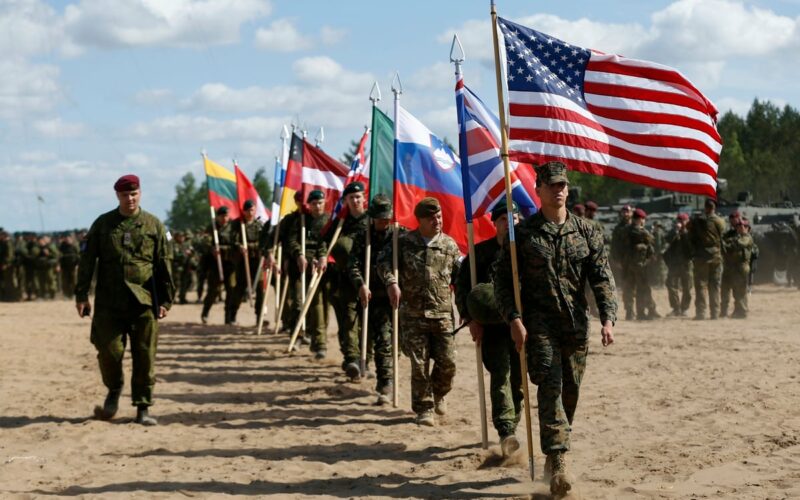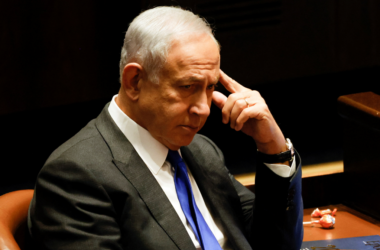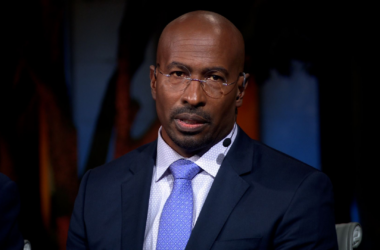Europe’s ambition to build a more robust and cohesive defense industry is fraught with challenges, ranging from conflicting political visions and competitive jockeying to the pervasive dominance of American defense contractors. These obstacles threaten to impede efforts to create a coordinated and efficient military machine, even as tensions with Russia escalate.
The recent Franco-German agreement to develop a next-generation battlefield tank, known as the Main Combat Ground System, was hailed by German Defense Minister Boris Pistorius as a “historic moment.” This agreement comes after seven years of political infighting and industrial rivalry that stalled progress on the project. The tank, expected to be operational by 2035 or 2040, symbolizes a significant step forward in European defense collaboration.
The conflict in Ukraine has reignited Europe’s commitment to bolstering its military production capacity. Defense budgets, which had been slashed following the collapse of the Soviet Union, are now seeing renewed attention. However, Europe faces more than just financial challenges in its quest for a stronger defense industry. Political and logistical hurdles remain significant, threatening to slow the rapid enhancement of Europe’s defense capabilities.
A major issue is the fragmented nature of Europe’s defense market. Each of the 27 European Union members has its own defense establishment, culture, priorities, and preferred companies, leading to inefficiencies and difficulties in streamlining costs and ensuring interoperability of equipment, parts, and ammunition across borders. This fragmentation is evident in the debates over the specifications of the Franco-German tank project.
Political visions also diverge within Europe. France, with its own nuclear arsenal, advocates for European strategic autonomy and self-sufficiency, aiming to reduce dependence on the United States. In contrast, Germany, which relies on NATO’s nuclear arsenal, prefers maintaining the current partnership dynamics with the U.S. This divergence is evident in initiatives like the European Sky Shield, a German-led air-and-missile defense system that some view as favoring non-European industrial bases.
Efforts to enhance Europe’s defense capabilities also face industrial competition and the need for greater consolidation within the defense sector. Europe’s defense industry is fragmented, with numerous small companies that rarely collaborate, making it difficult to achieve the economies of scale needed to compete with large American defense contractors. Consolidation is seen as essential, but it also raises concerns about job losses in various countries.
Moreover, the European Union’s strategy for defense industry development includes ambitious targets for member states to increase spending on European-made defense equipment. However, achieving these targets will require substantial investment and long-term commitments from European leaders, as well as overcoming legal and financial barriers, such as the prohibition on using EU funds for arms purchases.
Europe’s path to a stronger and more unified defense industry is complex and fraught with challenges. The need for greater coordination, political alignment, and industrial consolidation is clear. Won’t this challenges prove too hard to overcome considering the differences in needs between larger and smaller NATO members? Taking the integrated budget into account some counties may find further investments into military to be too much of a financial burden.








